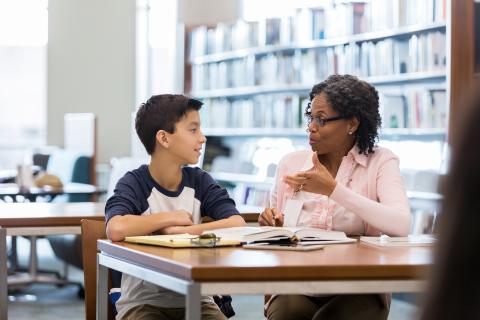Native Education Collaborative Webpage Part 2: Native Language & Culture and Promising Practices


In the second blog of this series, we’ll cover the Native Language & Culture as well as the Promising Practices categories of the Native Education Collaborative webpage.
Native language and culture serves as a foundation for many Native students. Classrooms that include Native language and culture can better avoid stereotyping, colonialist constructs, or other unintentional microaggressions toward Native students.
As a starting place, this topic reviews culture. The school should look into the histories of the local tribes and make connections with the tribal community. This information can help teachers understand:
Then, teachers can adjust their lessons and classrooms accordingly.
Next, this topic focuses on the importance of Native language. Native languages connect students to their history and their people. But currently, 192 Native languages are considered endangered. Adding space for Native language in the classroom can improve a student’s cultural connections and may prevent some of these languages from becoming extinct.
It takes a lot of effort to include Native language and culture in the classroom. This topic reviews potential challenges and solutions to help education agencies plan their next steps. Visit this page to find learn more about Native language and culture. Available resources include fact sheets, infographics, and an education brief.
There are several promising educational programs that are ensuring that Native students are successful in school and beyond. This topic drives conversations to improve outcomes for Native students, and promising programs and practices serve as potential models for additional success.
This resource provides specific, proven supports that educational agencies should begin to petition their state for, along with key definitions of terms to help ensure understanding. This resource can be used to inform leadership of potential education approaches for Native students, with specific, successful examples of programs from across the United States.
Programs highlighted focus on college preparedness, schools in tribal districts, and partnerships with public programs. Each program has incorporated a component of Native education into their educational efforts. It encourages schools to include Native education across all curricula, regardless of whether the school has a Native student population. This approach helps reduce stigma and fosters open conversations and true inclusion.
Visit this page to learn more about promising practices and programs for Native education. Available resources include fact sheets and a topic brief.




